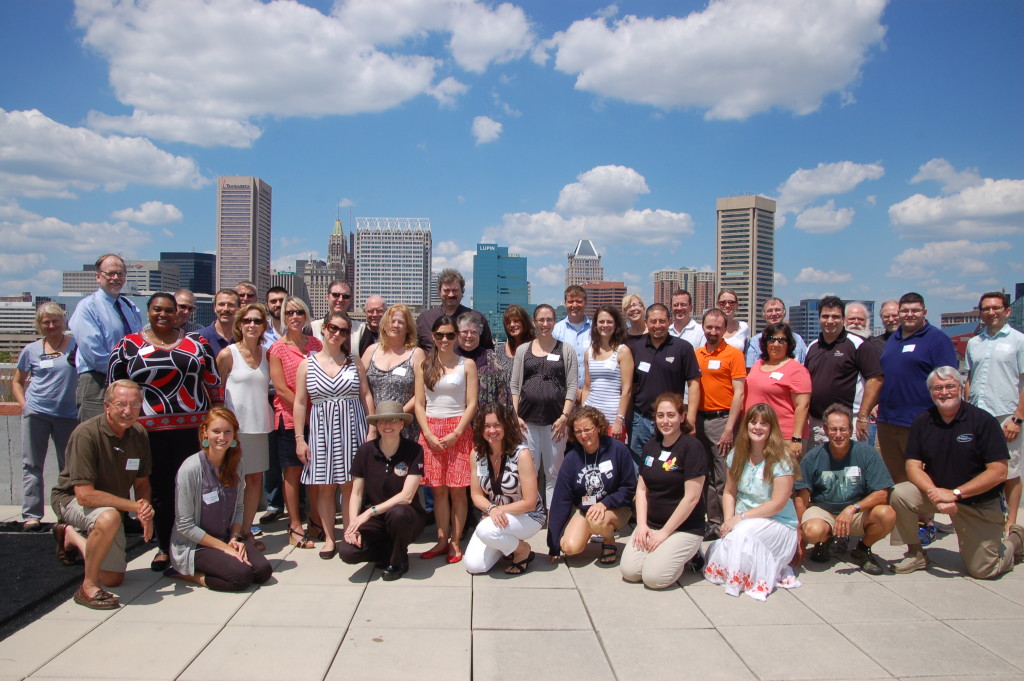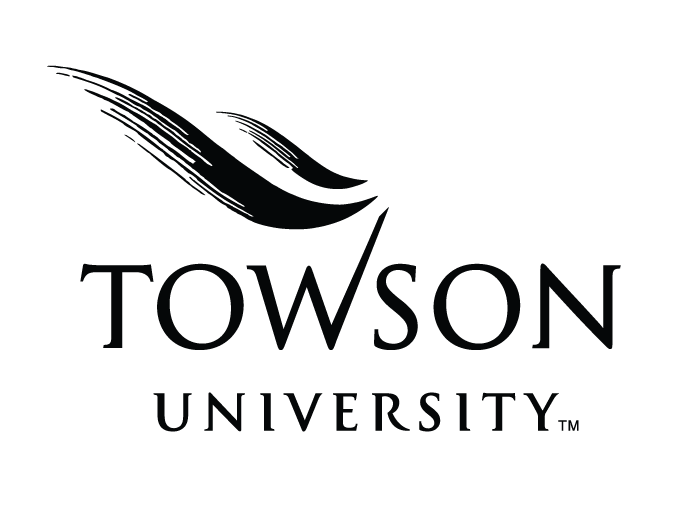Towson’s annual Project ASTRO workshop took a trip out of this world–all the way to Pluto.
On July 31, Kim Ennico, Ph.D., a deputy project scientist of NASA’s New Horizons mission, discussed her experience with the mission, which aims to bring new understanding about the outer edge of the solar system and the dwarf planet Pluto. She also presented images from the spacecraft’s Pluto flyby, which occurred in July.
“Pluto has been brought back to the forefront of astronomy,” explained Rommel Miranda, TU associate professor of astronomy and geosciences. “It’s so amazing that we were able to get a speaker from the New Horizons team to actually show us the latest and greatest things about Pluto.”
Miranda is one of the co-founders of TU’s Baltimore Project ASTRO, a partnership based on the National Project ASTRO, which brings educators and astronomers together. He, along with Maryland Science Center Space Education Coordinator Shira Moskowitz and Maryland Science Center Astronomer Jim O’Leary, also presented at the workshop held at the Maryland Science Center.
This marks the workshop’s eighth year. Attendance has grown from 16 people in 2008 to 50 this year, Miranda said.
“The feedback that we get via email after the workshop is just a testament to how excited people were,” he noted.
After the workshop is over, Miranda and others work to “help that excitement reach students.”
Since 2008, Baltimore Project ASTRO has worked to unite astronomers and educators to seek innovative ways to engage students in the classroom. It now has over 30 partnerships with schools and astronomy research centers across Maryland, in addition to a partnership with National Project ASTRO.
“[Motivating students] is our ultimate goal,” Miranda explained. “We want to help prepare the next generation of scientists, technologists, engineers and mathematicians.”

